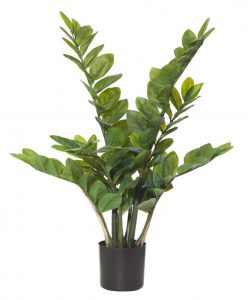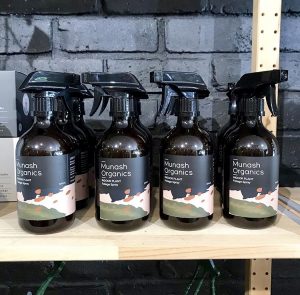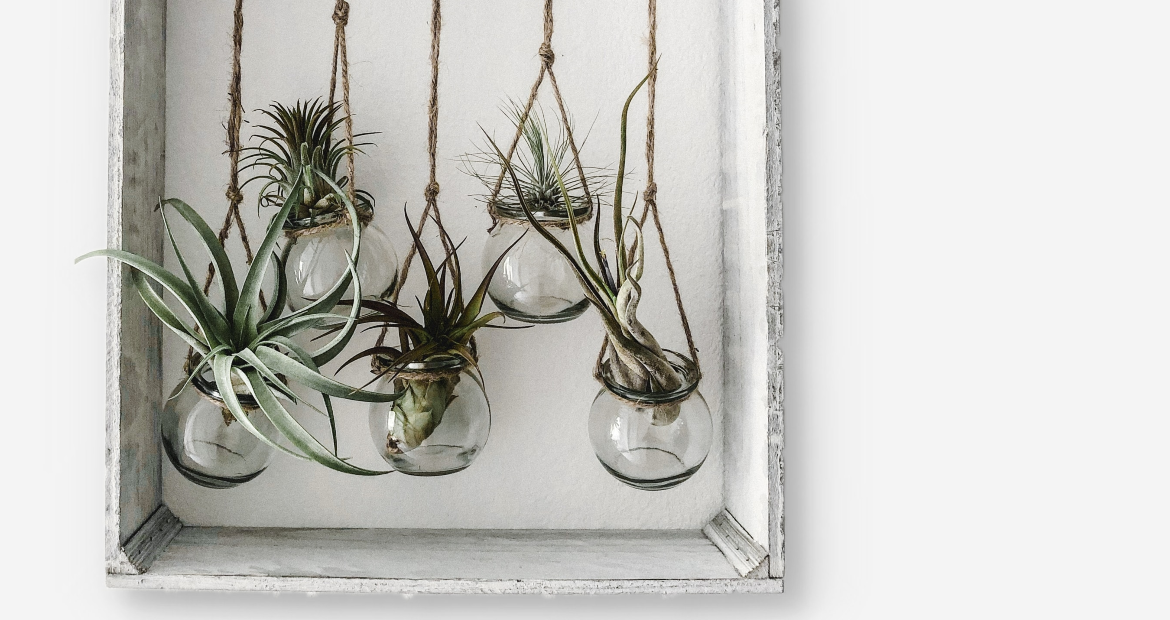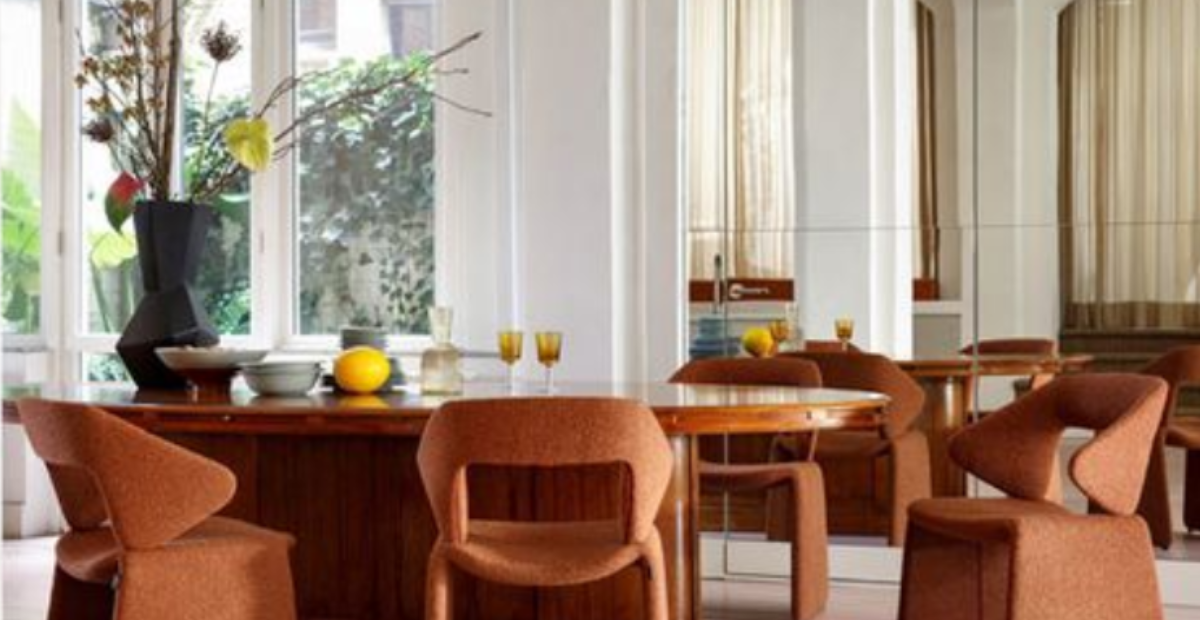Indoor plants are the hottest trend in interiors since sliced bread and they’re here to stay, so why not get the inside scoop on what the best types of plants are for the indoors and how to style them in your home.
I recently had the pleasure of interviewing Liz, expert Plant Stylist from Plant life Newcastle about all things greenery.
When it comes to plants she is a beacon of knowledge. In this blog she shares her top tips on the ideal plants for indoor use and how to style them, what the easiest plants are to look after and the best ways to care for our green friends.
What types of plants thrive indoors?
There are so many amazing plants that thrive indoors. My favourite being Zanzibar Gem. Other excellent indoor plants are Devils Ivy, Peace Lily, Pothos, Sansevieria, Philondendron and Ficus just to name a few.

Zanzibar Gem Plant via Pinterest

Devils Ivy Plant via Plant Life Newcastle
What are the easiest plants to grow indoors if you don’t get a lot of natural light?
I have personally found Dwarf Mother-in-law’s Tongue, Ivy or Philondendron to be the best growers in limited light.

Mother in Laws Tongue Plant via Pinterest

Heart Leaf Philondendron Plant Via Pinterest
What are the easiest plants to look after?
By far Cacti! I previously owned a business called The Prickle Shed where we specialised in cacti and succulent arrangements. I have found cacti to be the hardiest plant to look after and by far the easiest — they thrive on light and little water.

Various Cacti Plants Via Plant Life Newcastle
What plant food/fertiliser is ideal for keeping indoor plants healthy?
I absolutely love and recommend to all my clients Munash Organic Plant and Soil Food. It is such an amazing product and can be found at various stockists, including Willows Home Traders.

Munash Organic plant and soil food via Plant Life Newcastle
How to care for your indoor plants if they’re looking yellow or wilted?
Firstly, look at how much you are watering them – moisture stress could be the culprit. A sure sign of root rot is yellowing of plants. Check what drainage your soil and pots have to ensure that there is adequate drainage. House plants do not like to sit in too much water.
What does it mean if my plant leaves are curling?
It could actually mean a lot of things – it could be over-watered or be thirsty. I would suggest taking it to your nearest plant expert for an on-the-spot diagnosis as quickly as possible.
What is the right size pot for an indoor plant?
As a Plant Stylist, I like to keep plants in their plastic pots and then place them into a decorative planter.
I then like to pack it with river rocks or black bark to finish the look, depending on what I am planting. If I am using a hanging pot, I simply place the plant into the vessel still in plastic, this makes it simple to water and take it out if it’s not looking too well or just needs extra attention.
The rule of thumb is 3/4 plant to 1/4 pot as far as height goes.

Rattan Planter with Palm Plant via Plant Life Newcastle
Available through Willows Home Traders

Liz Saunders Walker is a Plant Stylist, merchant and avid plant lover. Based in Newcastle NSW, she is a friend to many, mother of two special little ladies and wife to one lucky man.
When she’s not in the garden or plant stying, she loves swimming, gardening and drinking a good glass of vino.
Discover more about liz here
If you enjoyed this blog post, you might like to check out – Top 5 plants to create a healthy home













